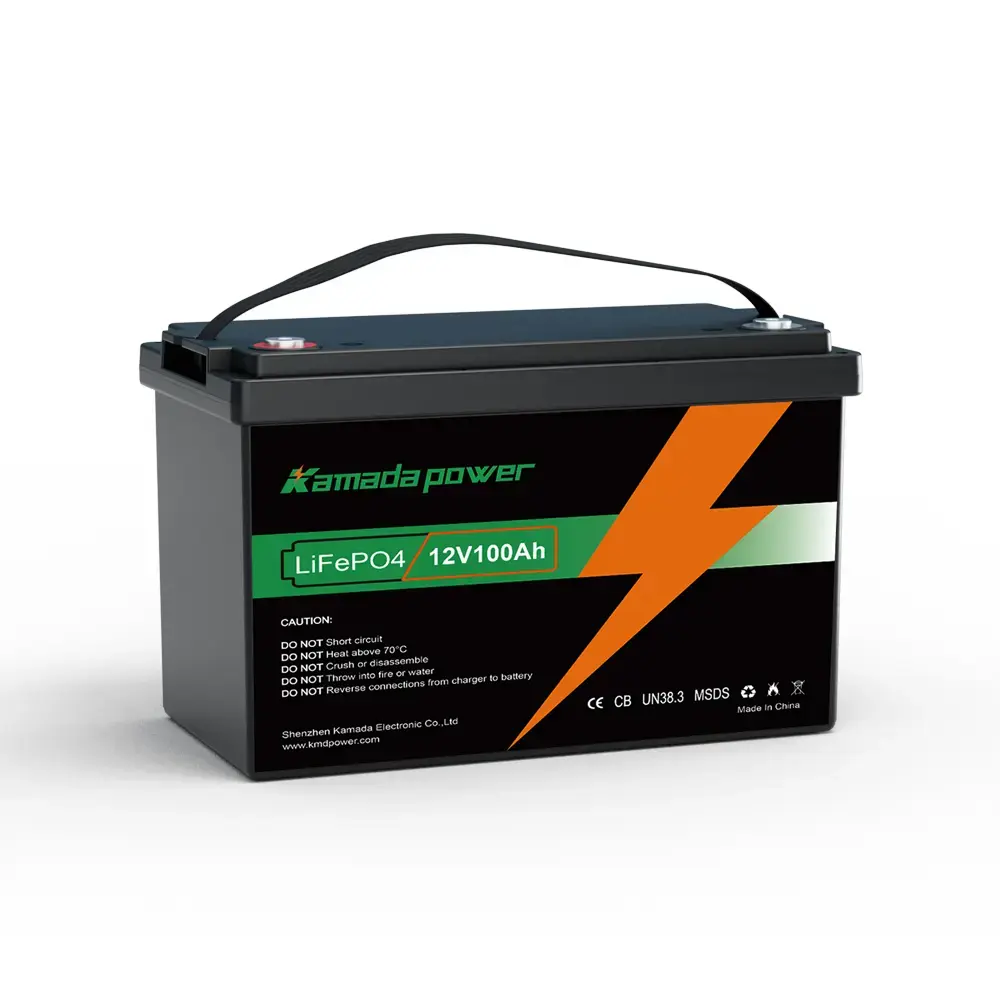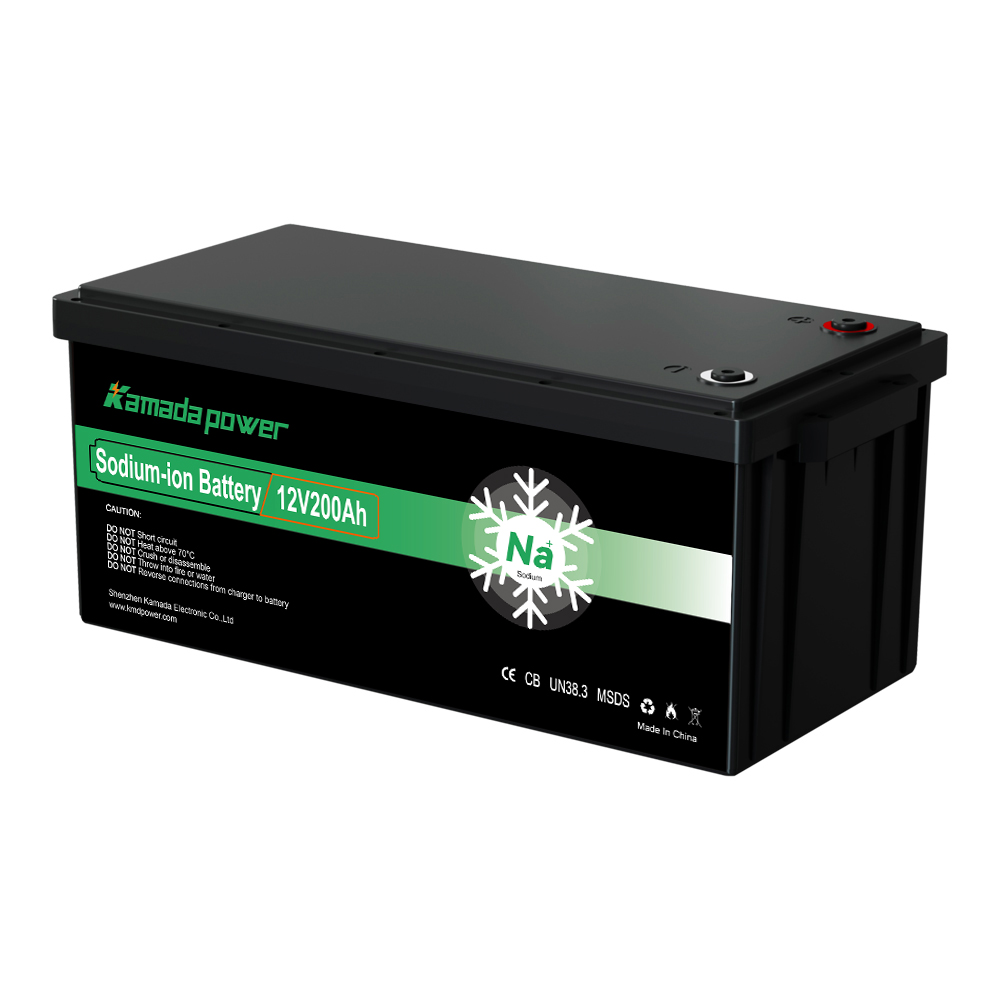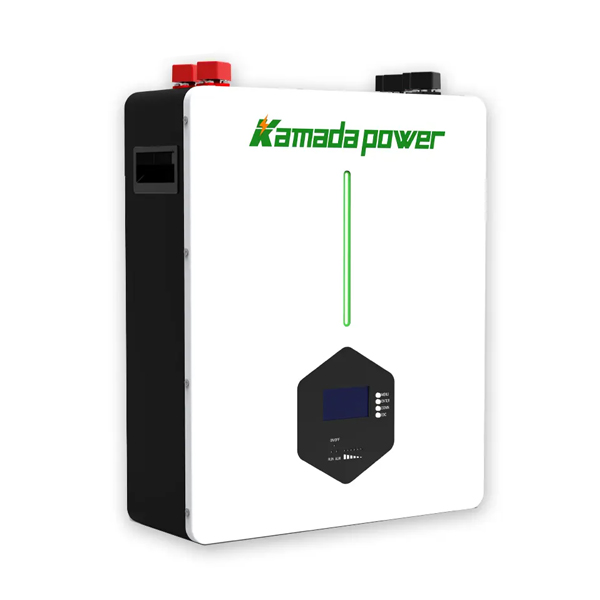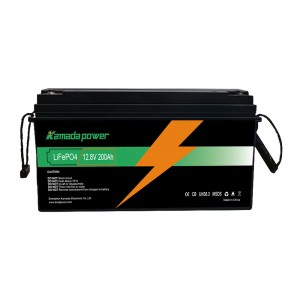Introduction
So, you’re standing there, staring at the battery shelf – or maybe scrolling endlessly online. You need a new deep cycle battery for your RV’s house bank, that trusty trolling motor on your fishing boat, or maybe your off-grid cabin setup. You see the options: Group 27, Group 31. They look almost the same, maybe just a little different in size. Close enough, right?
Hold on there. As someone who’s been deep in the trenches of the US battery market for over 15 years – designing systems, troubleshooting problems, and seeing what actually works out on the water and in the woods – I can tell you those few inches and pounds separating a Group 27 vs Group 31 battery can make a world of difference. It’s a question I get asked all the time by fellow RVers, boaters, and off-gridders right here in the States.
Forget just comparing spec sheets for a second. Let’s cut through the marketing noise and figure out which one truly makes sense for your specific gear and how you plan to use it. This isn’t about crowning one universal champion; it’s about helping you pick the right tool for your job.

What Do “Group 27” & “Group 31” Even Mean?
Before we dive into the comparison, let’s clear up what these “Group” numbers signify. They come from the Battery Council International (BCI), an organization that sets standards for batteries here in North America. A BCI Group Size essentially defines the maximum physical dimensions (length, width, height) and often the terminal type and placement for a battery.
Think of it like standard shoe sizes – it tells you about the physical fit, not necessarily the quality or specific performance inside. So, a Group 27 battery from Brand X should have roughly the same outer dimensions as a Group 27 from Brand Y.
Crucially, the group size itself is not a direct measure of capacity (Amp hours or Ah). While larger physical sizes tend to allow for more capacity, especially within the same battery chemistry, don’t assume a Group 31 automatically has X% more power than a Group 27 just based on the number. We’ll dig into that more. It’s also worth noting these sizes originated with traditional lead-acid batteries, but many lithium battery manufacturers stick to these familiar form factors for easier drop-in replacements.
(For the official standards, you can check resources like the Battery Council International’s materials, though detailed charts are often part of member publications).
Group 27 vs. Group 31: Tale of the Tape
Alright, let’s get down to the brass tacks. How do these two popular deep cycle sizes stack up against each other?
Group 27 and Group 31 Battery Group Size
| BATTERY GROUP SIZE | L x W x H (cm) | L x W x H (in) |
|---|---|---|
| GROUP 27 | 30.6 x 17.3 x 22.5 | 12.07 x 6.82 x 8.88 |
| GROUP 31 | 33 x 17.3 x 24 | 13 x 6.82 x 9.44 |
Size Matters: Physical Dimensions
- Group 27: Typically measures around 12 inches Long x 6.75 inches Wide x 9.5 inches High. (These can vary slightly, always check the specific model!)
- Group 31: Usually a bit longer, around 13 inches Long x 6.75 inches Wide x 9.5 inches High.
- The Key Difference: That extra inch in length for the Group 31 is often the most critical factor when it comes to fitting into existing battery boxes or trays. Width and height are generally very similar.
Feeling the Weight Difference
- Group 27: Weights vary hugely by chemistry.
- Flooded Lead-Acid (FLA): 50-65 lbs
- AGM (Absorbent Glass Mat): 55-70 lbs
- Lithium (LiFePO4): 20-30 lbs
- Group 31: Also varies, but generally heavier than the Group 27 equivalent.
- Flooded Lead-Acid (FLA): 60-75 lbs
- AGM: 65-80 lbs
- Lithium (LiFePO4): 25-35 lbs
- The Takeaway: Group 31 batteries are consistently heavier than their Group 27 counterparts in the same technology. That extra weight matters on smaller boats or weight-sensitive RVs.
The Power Play: Capacity (Amp Hours)
- Group 27 (Lead-Acid Deep Cycle): Typically offers ~85 to 110 Amp hours (Ah) at the 20-hour rate.
- Group 31 (Lead-Acid Deep Cycle): Generally provides ~100 to 130 Amp hours (Ah) at the 20-hour rate.
- Lithium Note: Lithium batteries pack more energy density. A Group 27 LiFePO4 might easily hit 100Ah or more, blurring the lines with lead-acid Group 31 capacity. A Group 31 LiFePO4 can push well beyond 130Ah, sometimes reaching 150Ah+.
- Expert Tip: Don’t get fixated only on the group size for capacity! Always check the specific Ah rating listed by the manufacturer for the exact battery model and chemistry you’re considering. Ratings can differ significantly even within the same group size. Trust the label, not just the group number.
What About the Wallet? Typical Cost
- Comparing apples-to-apples (same brand, same chemistry, same warranty): Expect a Group 31 deep cycle battery to cost roughly 15-30% more than its Group 27 sibling.
- Of course, prices vary wildly based on brand reputation, technology (Lithium costs more upfront than lead-acid), and warranty. But generally, bigger means a bit more expensive.
What Does It Mean On the Water or At the Campsite?
Knowing the numbers is one thing; understanding how they impact your actual experience is what matters. Let’s translate those specs:
- More Juice, More Fun? (Runtime Impact)
- That extra 15-25 Ah you typically gain moving from a lead-acid Group 27 to
- a Group 31 directly translates to longer runtime. How much longer? It depends entirely on your load. For a trolling motor, it could mean an extra hour or two on the water. For an RV, it’s more time running lights, fans, or the water pump before needing a recharge. It provides a bit more buffer, reducing range anxiety, whether that’s miles back to the dock or days until the next RV park. It’s generally a noticeable difference, especially if you often push your Group 27 to its limits.
- The Handling Factor (Weight & Size)
- Don’t underestimate the practical side of dealing with an extra 10-15 pounds, especially with lead-acid batteries already tipping the scales at 60+ lbs. Lifting a Group 31 into a tight boat compartment or RV battery bay requires more grunt. If you frequently remove your batteries for storage or charging, this extra weight can become a real pain – literally.
- The Fitment Squeeze (Dimensions)
- This is often the biggest showstopper. That extra inch of length on the Group 31 means it simply will not fit in many battery boxes, trays, or compartments designed specifically for a Group 27.
- Real-World Example: I remember helping a frustrated RVer just last year. He’d read online that “bigger is better” and ordered a top-of-the-line AGM Group 31 to replace his aging Group 27 house battery. He was excited about the extra capacity for boondocking. The problem? His factory-installed slide-out battery tray was built exactly for Group 27 dimensions. The new Group 31 was precisely one inch too long to fit. He ended up having to return it and stick with a Group 27, simply because of the physical constraint. It’s a common, costly mistake.
Which Group Size Fits Your Game?
RV House Batteries
- Group 27: Very common as original equipment (OEM) in many travel trailers and smaller motorhomes. Often sufficient for weekend warriors, folks who primarily stay at campgrounds with hookups, or those with modest power needs (basic lights, water pump, furnace fan). Good choice if space is the primary limitation or budget is tight.
- Group 31: A popular upgrade for serious boondockers or full-timers if space allows. The extra capacity is valuable for running residential refrigerators, C-PAP machines, extensive electronics, or simply extending off-grid time between recharges. If your RV came with Group 27s but has space for Group 31s (measure!), it’s often a worthwhile upgrade.
Marine & Trolling Motors
- Group 27: Can work for smaller boats (like jon boats or kayaks with small motors), lighter trolling motor use (low speeds, short durations), or as a dedicated starting battery where deep cycling isn’t the main job.
- Group 31: Generally the preferred size for serious anglers using powerful trolling motors (especially 24V or 36V systems requiring multiple batteries), running electronics like fish finders all day, or needing reliable house power on larger boats. The extra capacity provides a significant advantage for longer days on the water.
Off-Grid & Solar Setups
- For smaller systems (cabins, sheds), the choice often comes down to the total Amp hours needed and the available space/budget. A Group 31 gives you more capacity per battery footprint than a Group 27, potentially reducing the total number of batteries needed in a bank. However, for larger systems, users often move to bigger L16 or industrial-sized batteries anyway.
Does Battery Chemistry Change the Winner? (FLA vs. AGM vs. Lithium)
This is where the comparison gets really interesting. The group size defines the box, but the technology inside dramatically changes the performance you get out of that box.
- Lead-Acid (FLA & AGM)
- With traditional lead-acid batteries (both the maintenance-required flooded type and the sealed AGM type), the Group 27 vs Group 31 debate is mostly about that capacity bump. A Group 31 lead-acid reliably offers more energy storage than a Group 27 lead-acid. You also carry the significant weight penalty. Remember, you typically only want to discharge lead-acid to about 50% to maximize its lifespan, limiting your usable capacity.
- The Lithium Difference (LiFePO4)
- Lithium Iron Phosphate (LiFePO4) batteries change the game entirely.
- Higher Energy Density: They pack way more power into the same space. A Group 27 Lithium battery (often 100Ah) can easily provide as much usable capacity as a Group 31 Lead-Acid battery (maybe 115Ah, but only ~57Ah usable).
- Usable Capacity: You can safely discharge lithium down to 80-100% without damaging it, meaning you get nearly all the rated Ah.
- Weight Savings: A Group 27 Lithium weighs maybe 25 lbs, while a Group 31 Lead-Acid can be 70+ lbs. That’s a massive difference.
- Longer Lifespan: Lithium typically lasts 5-10 times longer in terms of charge cycles.
- Key Takeaway: When considering lithium, the “Group 27 vs Group 31” question becomes less critical than comparing lithium to lead-acid overall. A Group 27 LiFePO4 often provides a compelling upgrade path even from a Group 31 lead-acid, offering similar or better usable power at a fraction of the weight, albeit with a higher initial cost. If you do have space for a Group 31 Lithium, you’re getting a significant capacity jump over any Group 27 option.
- Lithium Iron Phosphate (LiFePO4) batteries change the game entirely.
Don’t Skip This! The All-Important Fit Check
I know I’ve mentioned it, but it bears repeating because it trips so many people up: MEASURE YOUR AVAILABLE SPACE before you click “buy” or head to the store.
- Measure the Length, Width, and Height of your battery compartment, box, or tray carefully.
- Compare these measurements to the exact dimensions listed on the spec sheet of the battery you’re considering (don’t rely on generic group size charts alone).
- Also, double-check that the terminal type (e.g., post, stud) and location match what your cables require.
Trying to force a battery that’s too big is a recipe for frustration, damaged equipment, or unsafe installations. Don’t risk it.
FAQ
Q1: What’s Your Real Power Need?
Are you constantly running out of juice with your current setup? How much runtime do you realistically need between charges? Try to estimate your daily Amp hour usage if you can, or at least identify if your current battery capacity is falling short. More capacity (leaning towards Group 31 or Lithium) helps if you’re often scraping bottom.
Q2: What Space Do You Actually Have?
Get out the tape measure! What are the exact Length x Width x Height dimensions of your battery box or tray? This is non-negotiable. Don’t guess.
Q3: What’s Your Budget & Long-Term View?
How much are you prepared to spend upfront? Factor in the longer lifespan of premium AGM or especially Lithium batteries – the higher initial cost might be cheaper in the long run compared to replacing budget lead-acid batteries more frequently.
Q4: How Critical is Weight?
Are you dealing with a small boat, a trailer near its GVWR, or do you need to lift these batteries often? If weight is a major concern, Lithium is almost always the answer, regardless of group size.
Conclusion
So, back to the original question: Group 27 battery vs Group 31 battery, which is better?
As you’ve seen, there’s no simple answer.
- The Group 31 generally offers more capacity within the traditional lead-acid world, making it appealing for demanding applications, but only if it fits and you can handle the extra weight and cost.
- The Group 27 is more compact, lighter, and usually cheaper, making it a practical choice for moderate needs or where space is restricted.
However, the rise of Lithium (LiFePO4) technology fundamentally changes the calculation. A high-quality Group 27 Lithium battery can often outperform a Group 31 lead-acid battery in usable capacity and cycle life while saving significant weight.
Expert Takeaway: My advice after all these years? Focus less on the group number itself and more on these three things:
- Maximize the usable Amp hours you can fit into the physical space you actually have available.
- Choose the battery chemistry (FLA, AGM, or Lithium) that best aligns with your budget, performance needs, and tolerance for maintenance and weight.
- Always, always measure first!
Making the right choice means less worry about dead batteries and more time enjoying your adventures out on the road or water.






